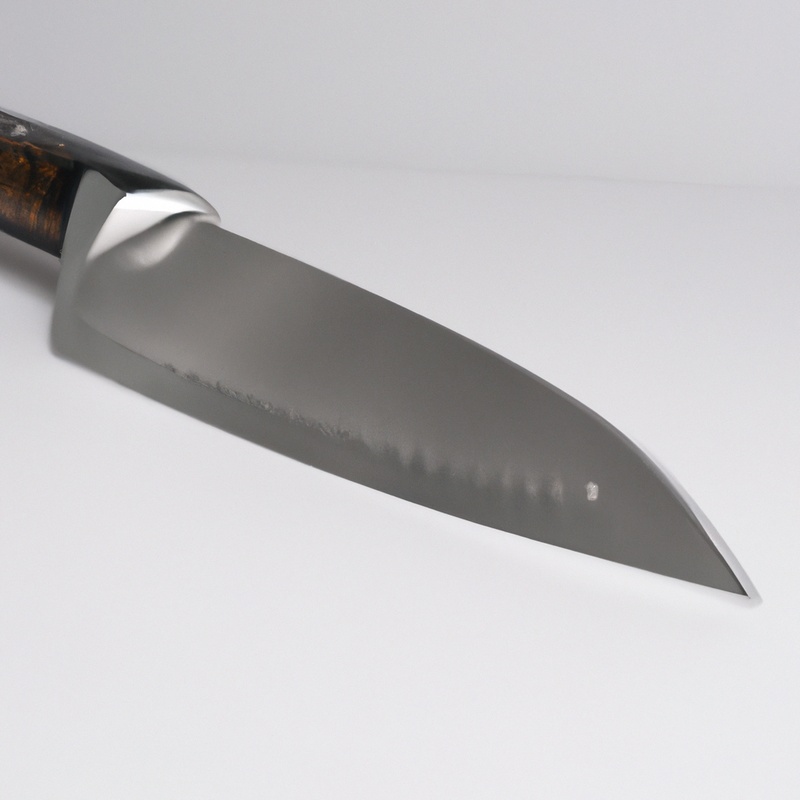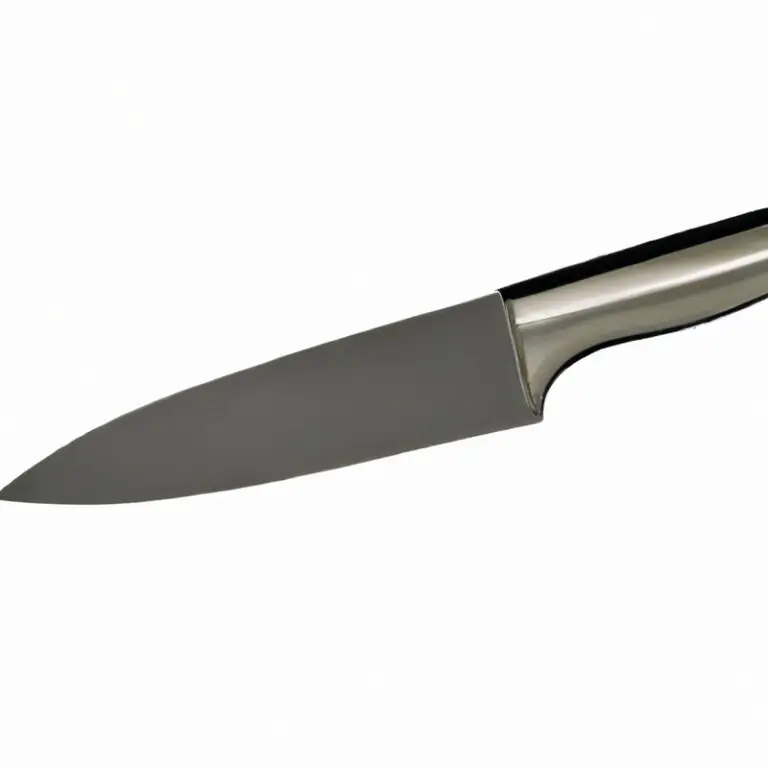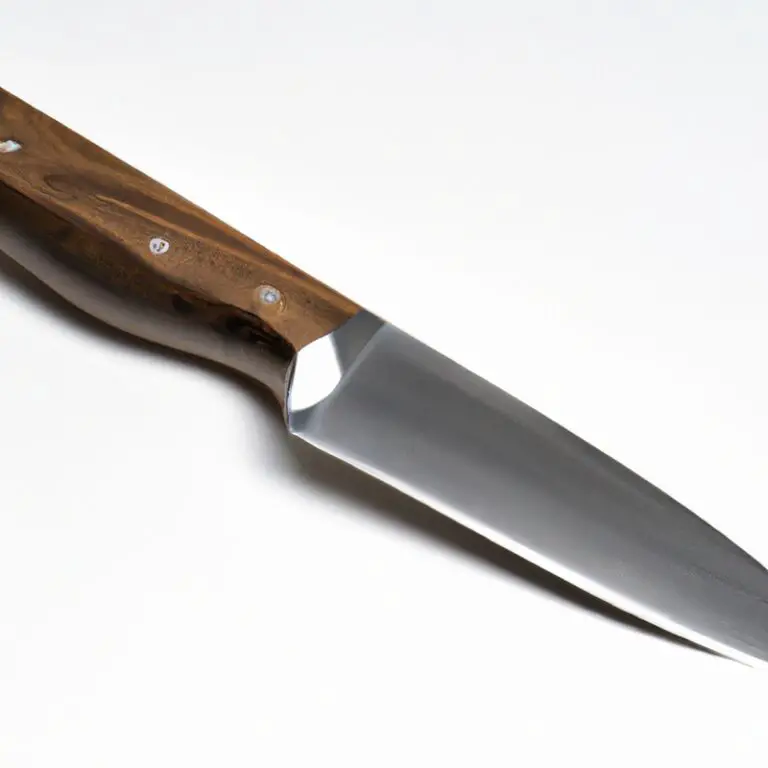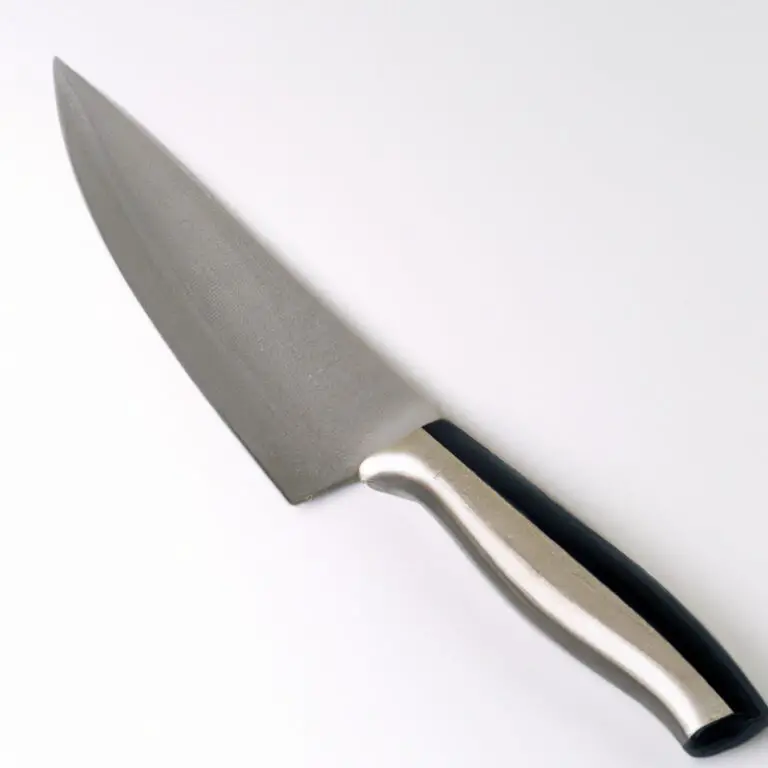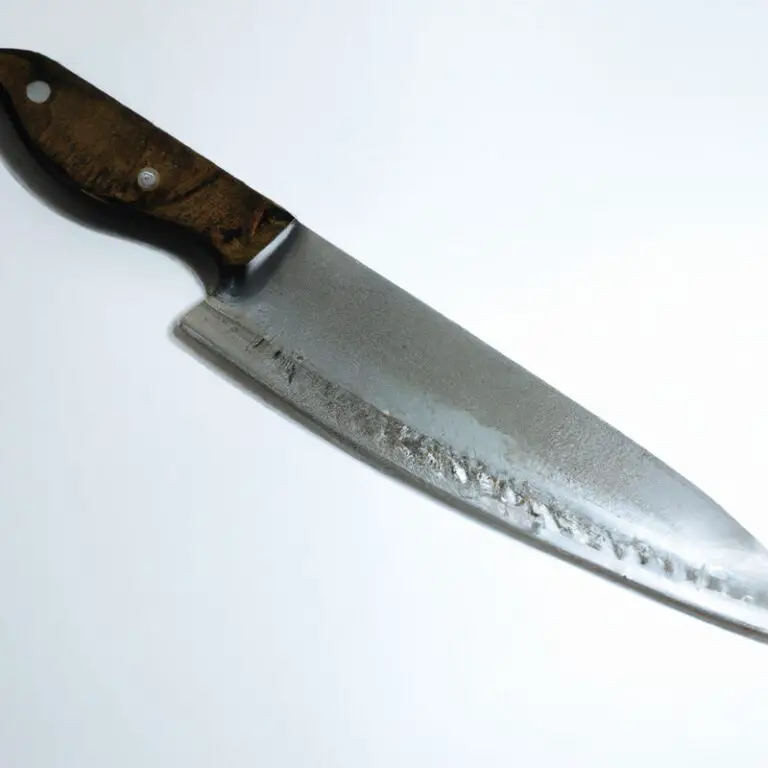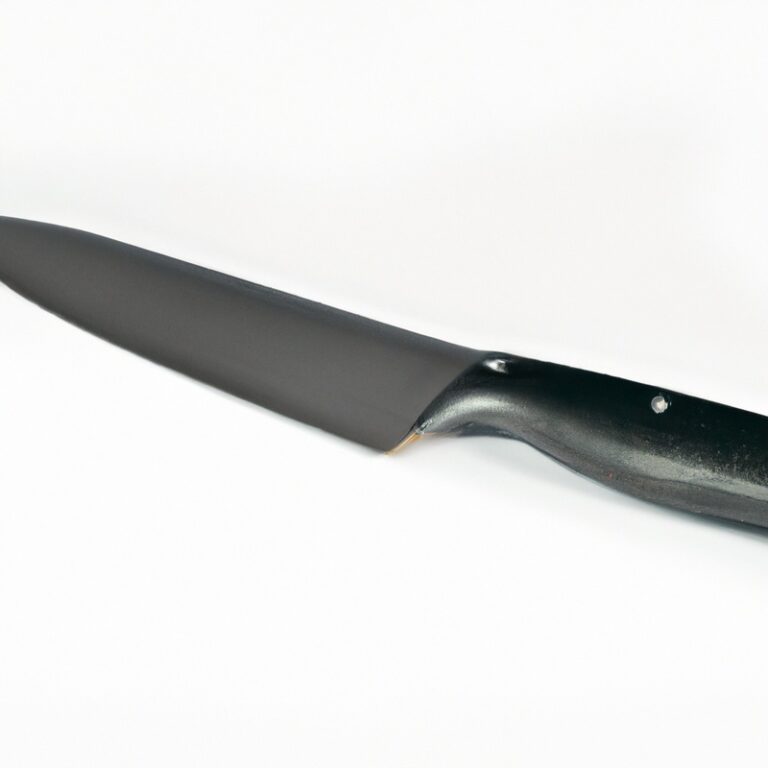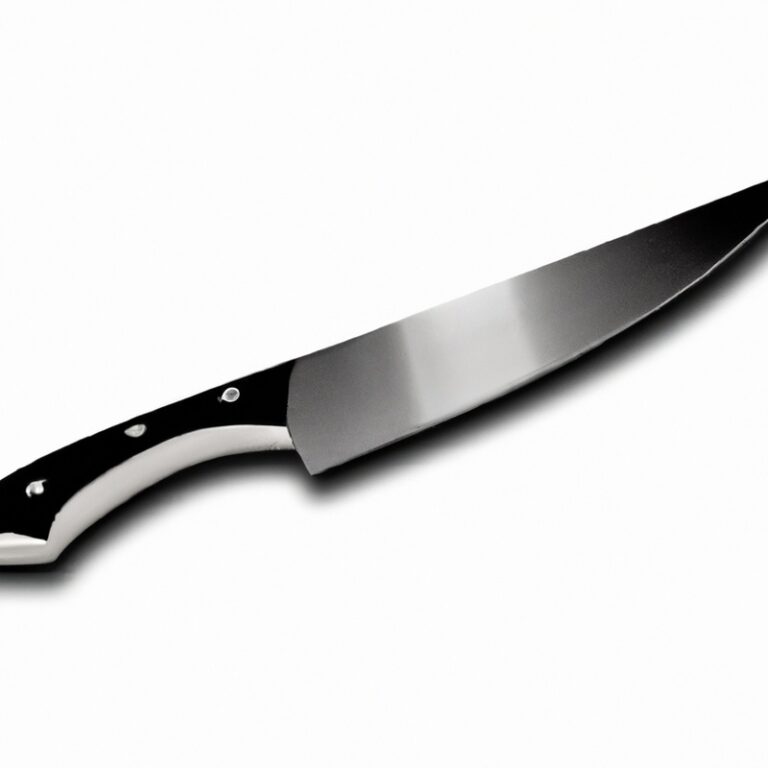How To Fillet a Marlin Using a Fillet Knife Like a Pro?
Key Takeaways:
- Use a high-quality fillet knife with a sharp blade to ensure precision and safety while filleting a marlin.
- Begin by removing the head and making a slit down the belly of the fish before slicing along the backbone to separate the fillet from the bones.
- Practice proper technique and take your time to ensure a clean cut, avoiding any unnecessary waste of the valuable meat.
- Remember to clean and properly store your fillet knife to maintain its longevity and effectiveness.
If you’re looking to prepare fresh marlin for your next meal, filleting can seem like a daunting task. Choosing the right fillet knife and knowing how to properly prepare the fish is crucial in achieving delicate and clean cuts.
As an experienced fisherman and food lover, I’ve learned the ins and outs of filleting marlin and I’m excited to share my knowledge with you.
In this article, I’ll guide you through each step of the filleting process, including tips and tricks for avoiding common mistakes. Plus, I’ll offer ideas for cooking your marlin fillets and tips for cleaning and maintaining your fillet knife.
Let’s dive in!
| Steps | Description |
|---|---|
| Step 1 | Prepare the marlin by washing it thoroughly. |
| Step 2 | Place the marlin on a cutting board and make an incision along the dorsal fin. |
| Step 3 | Run the fillet knife along the backbone with long, smooth strokes to separate the fillet from the fish. |
| Step 4 | Flip the marlin over and repeat the process for the other side. |
| Step 5 | Remove any remaining bones and skin from the fillet with the fillet knife. |
| Step 6 | Inspect the fillets for bones or leftover skin and remove any remaining debris with the fillet knife or a pair of tweezers. |
Choosing the Right Fillet Knife for Marlin
To choose the right fillet knife for marlin, look for a long, thin, and flexible blade. The blade should be at least 8-10 inches in length, sharp, and made of high-quality stainless steel.
A non-slip handle is essential, and it should fit comfortably in your hand.
Avoid serrated blades or ones with a curved tip, as they are not suitable for filleting fish with tough skin like marlin. Invest in a durable and reliable fillet knife from a reputable brand for efficient and precise filleting.
Preparing the Marlin for Filleting
When it comes to preparing a marlin for filleting, there are a few key steps to follow. First, make sure the fish is properly cleaned and gutted, with all scales removed.
Then, use a sharp knife to make a cut just behind the gills and down to the backbone.
Next, cut along the backbone towards the tail, taking care to avoid the rib bones. Finally, remove the fillet by cutting through the skin and along the underside of the fillet.
Repeat on the other side of the fish to get two fillets.
Make sure to discard any remaining bones, skin, and other unwanted parts before cooking or storing the fillets.
Step-by-Step Guide for Filleting a Marlin
Step-by-Step Guide for Filleting a Marlin:
- Begin by washing the marlin and patting it dry with a clean towel.
- Place the marlin on a flat surface and make an incision behind the gills on the left side of the fish with a sharp fillet knife.
- Cut along the backbone from the head down to the tail, and then turn the knife towards the tail.
- Cut through the ribs by slicing the knife along the ribcage, away from the backbone.
- Flip the fish over and repeat the same process on the other side.
- Use the fillet knife to remove the skin from the fillets by sliding the blade under the flesh and gently cutting it away from the skin.
- Once you have removed the skin, use the fillet knife to remove any remaining bones.
- Rinse the fillets in cold water and pat them dry.
- Your marlin fillets are now ready to be cooked and enjoyed!
It’s essential to use a sharp fillet knife to make the process easier and more efficient. Be careful while handling the knife and avoid cutting yourself.
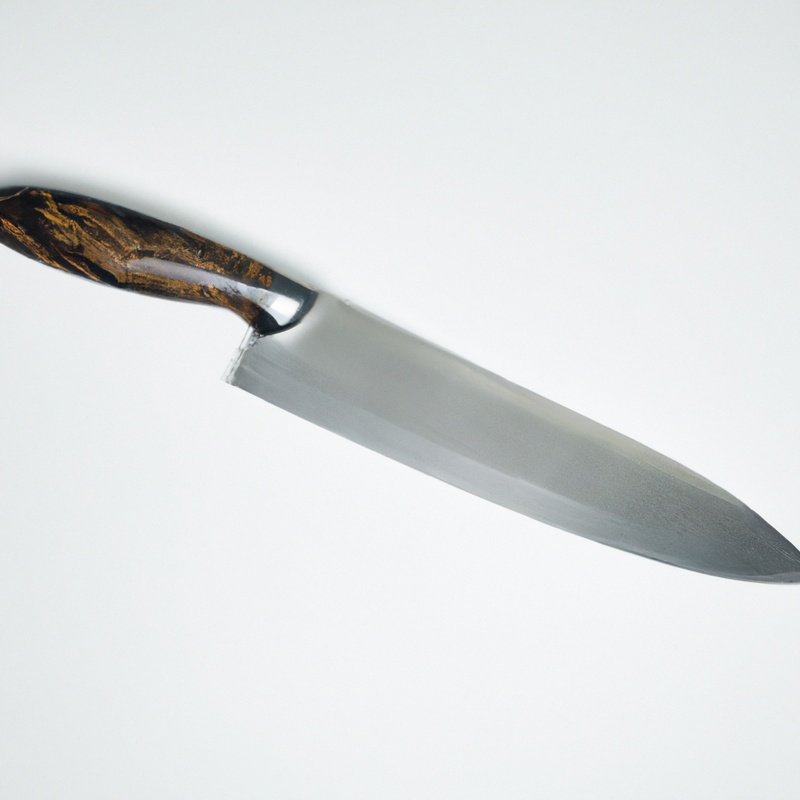
Removing the Skin from Marlin Fillets
To remove the skin from marlin fillets, start by making a small cut where the skin meets the flesh. Then, grip the skin with one hand and use the fillet knife to slice gently between the skin and flesh.
Work slowly and steadily, pulling the skin taut as you go.
Be careful not to cut too deeply or the flesh may start to tear. If you’re having trouble getting a good grip on the skin, try using a paper towel or wearing rubber gloves.
It can also be helpful to chill the fillets in the refrigerator for a few minutes to firm up the flesh before attempting to remove the skin.
Once the skin is removed, inspect the fillet for any remaining bones or scales. Use the fillet knife to carefully remove any unwanted parts.
With practice, you’ll be able to clean a marlin fillet quickly and efficiently, resulting in a delicious, bone-free piece of fish.
Tips for Avoiding Common Filleting Mistakes
Here are some tips to avoid common filleting mistakes when filleting a marlin using a fillet knife:
- Use a sharp knife: A dull knife can slip, causing injury, and make it difficult to fillet the marlin correctly. Ensure that your fillet knife is sharp before starting the filleting process.
- Cut with care: Always cut away from your body and take your time when filleting the marlin. Rushing can lead to mistakes, resulting in uneven or incomplete fillets.
- Don’t waste meat: Cut as close to the bones as possible to maximize the amount of edible meat. Avoid cutting off large chunks of meat unnecessarily, leaving behind only bones.
- Remove the skin carefully: Use a sharp knife to separate the skin from the fillet properly. Take your time and make sure that you don’t lose any flesh while cutting the skin.
- Use a clean and clear workspace: A clear and organized workspace can help avoid accidents while filleting. Keep the workspace tidy and free of clutter that could impede your movements.
By following these tips, you can avoid common filleting mistakes and get the most out of your marlin fillets.
Cleaning and Maintaining Your Fillet Knife
Proper cleaning and maintenance of your fillet knife are crucial for efficient and safe filleting of the marlin. After every use, clean the knife with hot water and mild soap, then dry it thoroughly with a clean cloth.
Do not put it in the dishwasher as the heat and moisture can damage the blade and handle.
To maintain its sharpness, sharpen the blade regularly using a sharpening stone or honing steel. Use a lubricant like oil or water to ease the sharpening process and prevent blade damage.
Inspect the knife frequently for any signs of corrosion or damage.
If there is any visible rust or damage, clean and dry the knife before applying a rust-preventative agent on the blade and storing it in a dry place. Proper storage of the fillet knife is also important.
Keep it in a protective sheath or blade guard to prevent damage to the blade or injury.
Store it in a dry and safe place, away from moisture and heat sources. In summary, proper cleaning, maintenance, and storage of your fillet knife are crucial for efficient and safe filleting of the marlin.
Always keep your knife sharp and in excellent condition to achieve the best results.
Proper Storage of Marlin Fillets
Proper storage of marlin fillets is crucial to maintain their freshness and quality. After filleting the marlin, you should clean the fillets thoroughly, removing any blood or other debris.
Then, wrap the fillets tightly in plastic wrap or vacuum sealer bags and immediately put them in the refrigerator or freezer.
If you plan to store the fillets in the refrigerator, make sure the temperature is set to below 40°F. Marlin fillets can last up to two days in the refrigerator, but it’s best to consume them as soon as possible to retain maximum freshness.
If you want to store the fillets for a longer duration, freezing them is the best option.
Marlin fillets can be stored in the freezer for up to six months. It’s recommended to freeze the fillets in a single layer in airtight containers or freezer bags.
If using freezer bags, make sure to remove as much air as possible before sealing.
To thaw frozen marlin fillets, transfer them from the freezer to the refrigerator and let them thaw slowly for about 24 hours. Avoid thawing the fillets at room temperature or in warm water, as it can cause bacterial growth and spoilage.
With proper storage, marlin fillets can be enjoyed at their best for an extended period.
Cooking Ideas for Marlin Fillets
Marlin fillets are a delicious and versatile ingredient that can be cooked in various ways. Here are some cooking ideas to try with your freshly filleted marlin:
- Grilling: Marlin is a great fish for grilling. Brush the fillets with olive oil and season with salt and pepper. Grill on medium heat for 6-8 minutes per side until cooked through.
- Ceviche: Marlin is a popular choice for making ceviche. Cut the fillets into bite-sized pieces and marinate in lime juice with diced onion, chili pepper, and cilantro. Serve with tortilla chips for a refreshing appetizer.
- Baking: Marlin fillets can be baked in the oven with your favorite seasonings and vegetables. Place the fillets in a baking dish, drizzle with olive oil, and bake at 375°F for 15-20 minutes.
- Pan-frying: For a quick and easy meal, pan-fry marlin fillets with garlic and butter. Lightly coat the fillets in flour and pan-fry in a hot skillet for 3-4 minutes per side.
- Sushi: Marlin is often used in making sushi rolls. Slice the fillets thinly and wrap with sushi rice, avocado, and cucumber.
Remember to handle marlin with care and cook it thoroughly to avoid any risk of foodborne illness. Enjoy!
Safety Precautions to Follow While Filleting a Marlin
Ensure your safety is a top priority when filleting a marlin. Follow these safety precautions to avoid any injuries or accidents:
- Use a sharp fillet knife: A dull knife can be dangerous as it requires more force to cut, increasing the risk of slipping and injuring yourself. Keep your fillet knife sharp throughout the process.
- Secure the marlin: Ensure your marlin is placed on a sturdy surface or secured using a clamp. It should remain stable to prevent any mishaps.
- Protect your hands: Wear cut-resistant gloves to protect your hands from potential cuts or injuries.
- Use a cutting board: Always use a cutting board to prevent damage to your workspace and to avoid the knife from slipping.
- Avoid the belly area: The belly area of the marlin can contain sharp bones, and it can be difficult to maneuver the knife. Avoid this area to prevent injury.
- Watch your fingers: Keep your fingers away from the blade of the knife, and use a claw grip while holding the fish to protect your fingers.
- Never force the knife: If the knife is not cutting through the fish smoothly, never force it. Instead, reposition the knife and continue cutting.
By following these safety precautions, you can avoid any accidents and ensure a successful and safe marlin filleting experience.
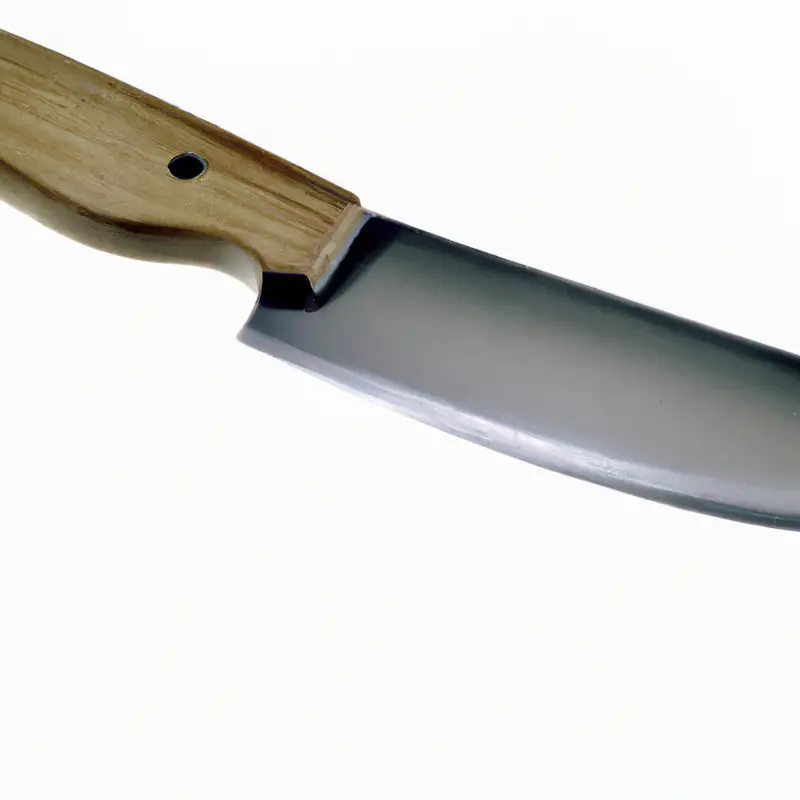
Final Verdict
Filleting a marlin using a fillet knife is a task that requires skill and practice. By choosing the right fillet knife, preparing the marlin properly, and following a step-by-step guide, you can ensure a successful and safe filleting experience.
As with any skill, avoiding common mistakes and properly maintaining your equipment is key.
Remember to always prioritize safety by following proper precautions. With this guide, you can confidently tackle filleting a marlin and enjoy delicious meals with these prized fish fillets.
Happy filleting!

